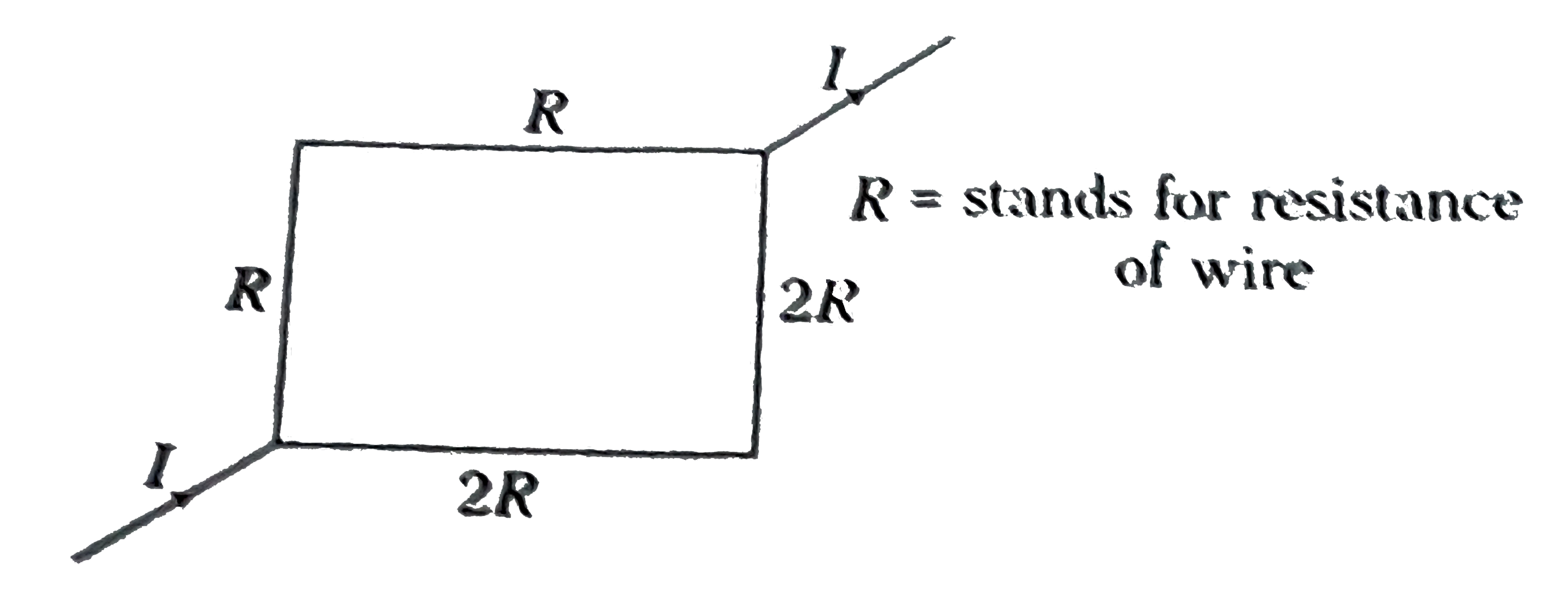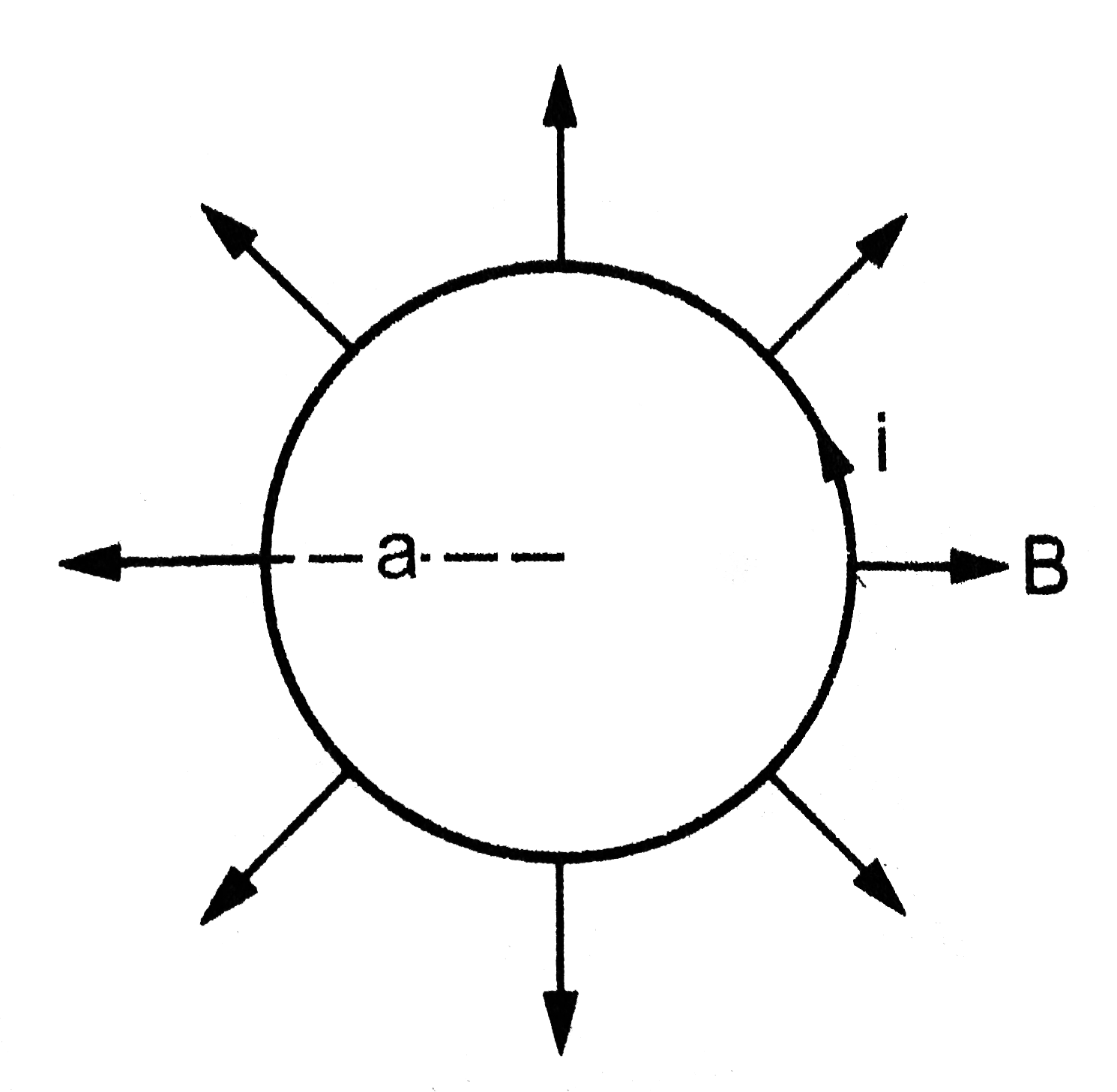In mammalian eye, the 'fovea' is the centre of the visual field, where
More rods than cones are found
High density of cones occur, but has no rods
The optic nerve leaves the eye
Only rods are present
The correct Answer is:B
Step-by-Step Solution:
1. Understanding the Structure of the Mammalian Eye:
- The mammalian eye consists of three main layers: the fibrous tunic, the vascular tunic, and the neurosensory layer.
- The fibrous tunic includes the sclera (the white part of the eye) and the cornea (the transparent front part of the eye).
2. Identifying the Layers of the Eye:
- The vascular tunic consists of the choroid, ciliary body, and iris.
- The neurosensory layer, also known as the retina, contains the photoreceptor cells (rods and cones).
3. Understanding the Function of Photoreceptor Cells:
- Rod cells are responsible for vision in low light conditions (scotopic vision) and are more sensitive to light.
- Cone cells are responsible for color vision and function best in bright light (photopic vision).
4. Locating the Fovea:
- The fovea is a specific area on the retina that is responsible for sharp central vision.
- It is characterized by a high density of cone cells and the absence of rod cells.
5. Analyzing the Options:
- The question provides four options regarding the characteristics of the fovea:
- More rods than cones are found.
- Cones are absent.
- High density of cones occurs, with no rods present.
- Only rod cells are present.
6. Determining the Correct Answer:
- The correct statement about the fovea is that it has a high density of cone cells and no rod cells.
- Therefore, the answer is: "High density of cone cells occurs, with no rods present."
- The mammalian eye consists of three main layers: the fibrous tunic, the vascular tunic, and the neurosensory layer.
- The fibrous tunic includes the sclera (the white part of the eye) and the cornea (the transparent front part of the eye).
- The vascular tunic consists of the choroid, ciliary body, and iris.
- The neurosensory layer, also known as the retina, contains the photoreceptor cells (rods and cones).
- Rod cells are responsible for vision in low light conditions (scotopic vision) and are more sensitive to light.
- Cone cells are responsible for color vision and function best in bright light (photopic vision).
- The fovea is a specific area on the retina that is responsible for sharp central vision.
- It is characterized by a high density of cone cells and the absence of rod cells.
- The question provides four options regarding the characteristics of the fovea:
- More rods than cones are found.
- Cones are absent.
- High density of cones occurs, with no rods present.
- Only rod cells are present.
- The correct statement about the fovea is that it has a high density of cone cells and no rod cells.
- Therefore, the answer is: "High density of cone cells occurs, with no rods present."
Topper's Solved these Questions
- NEURAL CONTROL AND COORDINATION BOOK - AAKASH INSTITUTE ENGLISHCHAPTER - NEURAL CONTROL AND COORDINATION EXERCISE - Assignment SECTION - D (Assertion-Reason Type Questions )
10 Videos
- NEURAL CONTROL AND COORDINATION BOOK - AAKASH INSTITUTE ENGLISHCHAPTER - NEURAL CONTROL AND COORDINATION EXERCISE - Assignment SECTION - B (Objective Type Questions )
29 Videos
- MORPHOLOGY OF FLOWERING PLANTSBOOK - AAKASH INSTITUTE ENGLISHCHAPTER - MORPHOLOGY OF FLOWERING PLANTSEXERCISE - TRY YOURSELF
38 Videos
- ORGANISMS AND POPULATIONS BOOK - AAKASH INSTITUTE ENGLISHCHAPTER - ORGANISMS AND POPULATIONS EXERCISE - ASSIGNMENT (SECTION-D) (Assertion-Reason Type Questions)
15 Videos
Similar Questions
The fovea of eye
View SolutionWhere is the centre of regulation of respiration?
View SolutionThe radius of a circular current carrying coil is R. The distance on the axis from the centre of the coil where the intensity of magnetic field is 12√2 times that at the centre, will be:
View SolutionAt which distance along the centre axis of a uniformaly charged plastic disc of radius R is the magnitude of the electric field equal to one-half the magnitude of the field at the centre of the surface of the disc ?
View SolutionA current carrying circular coil is bent so as to convert it into a double loop, both the loops being concentric and are carrying current in the same direction. If B is the initial magnetic field at the centre, the final magnetic field at the centre will be
View SolutionIn human beings the total visual field and the stereoscopic visual
field respectively is
View SolutionIn mammalian eye, the power of accommodation is controlled by changing thickness of the lens, governed by
View SolutionA circular coil of radius R carries a current i. The magnetic field at its centre is B. The distance from the centre on the axis of the coil where the magnetic field will be B/8 is
View SolutionThe magnetic field at the centre of square of side a is

View SolutionA circular loop of radius a, carrying a current I, is placed in a tow dimensional magnetic field. The centre of the loop coincides with the centre of the filed The strenght of the magnetic field at the pariphery of the loop is B. find the magnetic force on the wire.

View Solution
